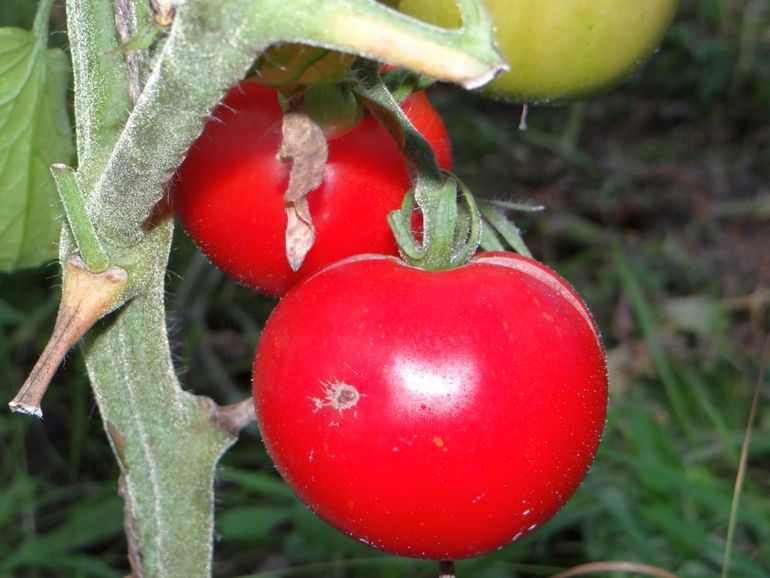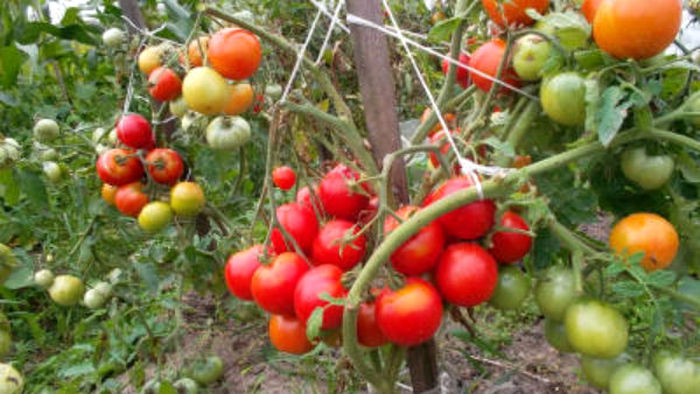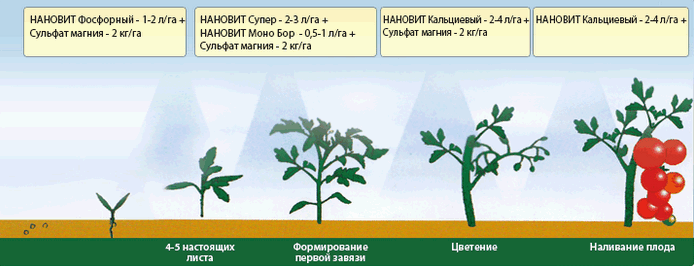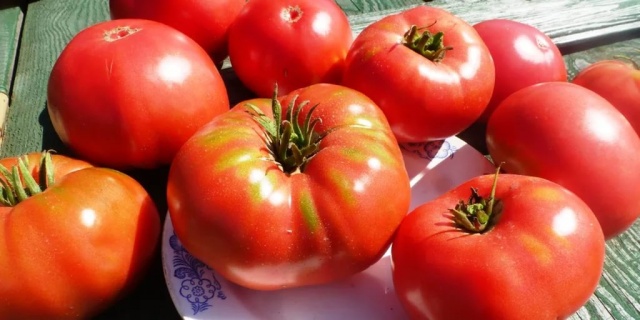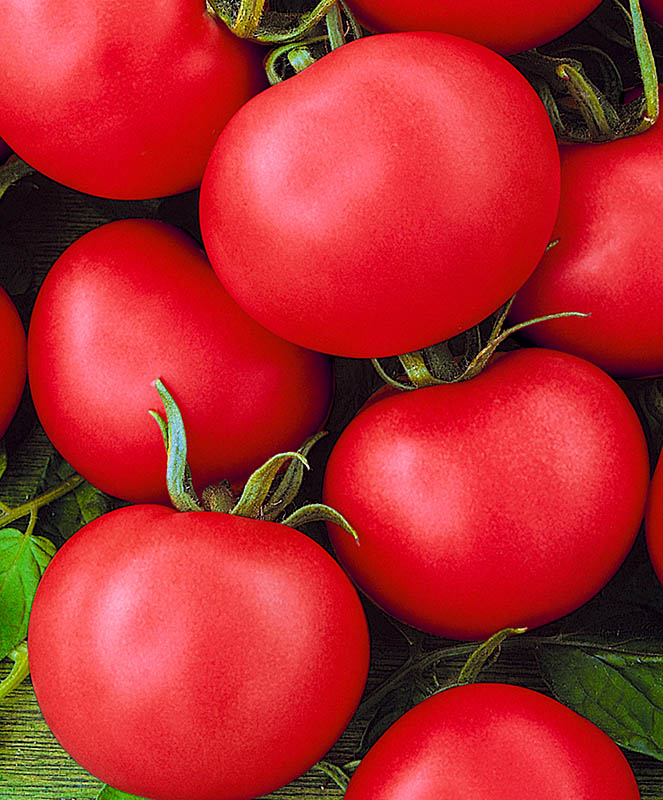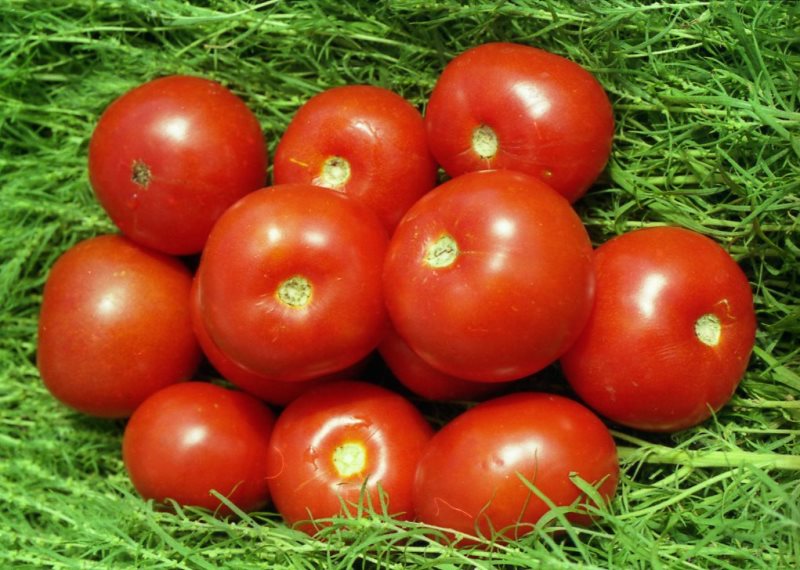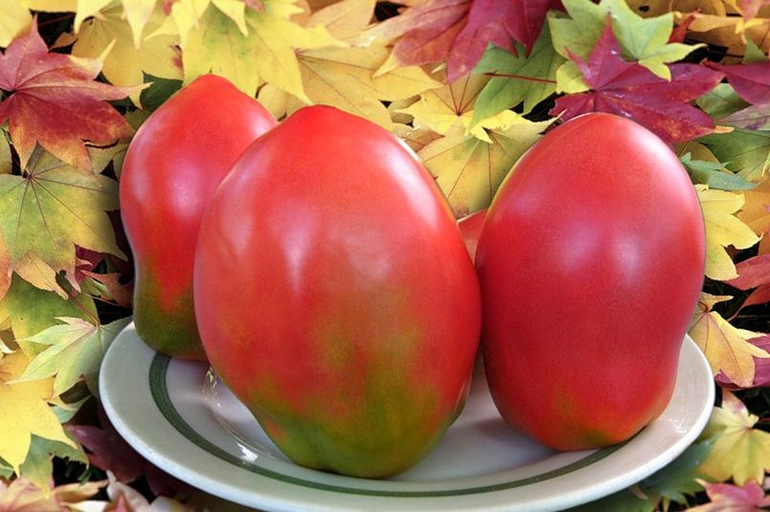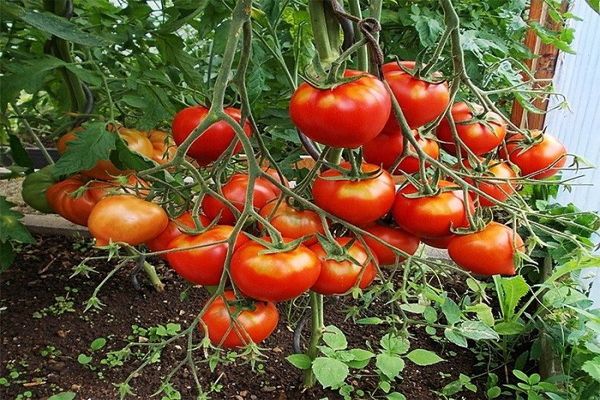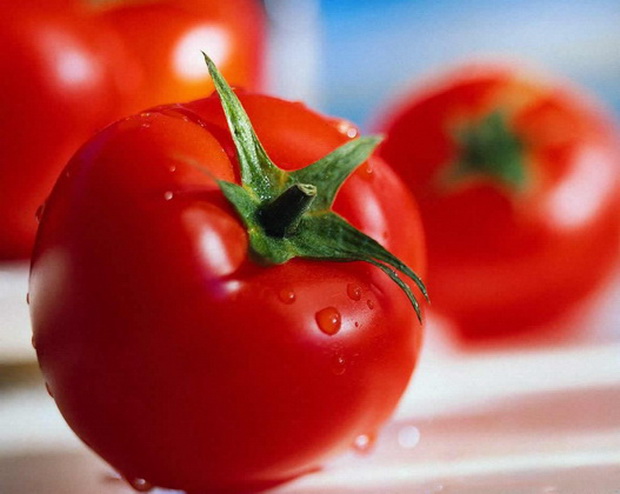Content:
In the northern regions with a difficult climate, you can grow regionalized varieties of tomatoes that are cold-tolerant, with excellent taste and give a good harvest. One of these hybrids is Snowdrop, with a delicate name and a lot of advantages.
The variety was bred by Russian scientists from the Siberian region in 2000 for cultivation in Karelia, in the Urals, in the northern regions, in the Leningrad region. A year later, the Snowdrop tomatoes were entered into the State Register.
Tomato Snowdrop: characteristics and description of the variety
The leaves of the plant are medium-sized, light green. Massive stems capable of supporting a lot of weight. Fruits are laid over 7 leaves and every second subsequent one. They lead a bush of 3 stems, each developing 3 brushes with 5 tomatoes. Up to 40-45 pieces of fruit are harvested from one bush. On the lower branches, the tomatoes are larger than on the upper ones. The amount of dry matter in tomatoes is 5%.
The main features of the variety:
- the growing season is 80-90 days;
- type - semi-determinant;
- the height of the bushes is 100-130 cm;
- compactness of planting - 4-5 bushes per sq. meter;
- yield - from one sq. meters 12 - 18 kg of tomatoes.
Description of Snowdrop Tomatoes:
- fruit weight - 90-100 g;
- color - red;
- there are three chambers inside the tomato;
- pulp - fleshy, juicy;
- the taste is sweetish;
- shape - round;
- the skin is smooth, firm.
Advantages and disadvantages of Snowdrop
Pros:
- frost resistance;
- great taste;
- early ripening of tomatoes;
- abundant fruiting;
- good keeping quality of fruits;
- calmly transfers transportation;
- immunity to disease;
- grown in open soil and in greenhouses;
- universal in use - eaten in salads, rolled up for the winter, juices, mashed potatoes, sauces, ketchups are prepared.
Disadvantages:
- does not tolerate heat;
- not adapted to drought;
- capricious to the composition of the soil;
- picky about feeding.
Growing tomatoes Snowdrop
Seeds are planted for seedlings in early April. The room in which the seedlings grow must be ventilated, the optimum temperature is 20-22 degrees, good lighting is needed. Young growth is ready for planting 50-60 days after sowing.
The land for seedlings is prepared in the fall. Tomatoes bear fruit well on weakly acidic soils, pH7, if the acidity is increased, you need to add per sq. meter 0.5 kg of lime. 6 kg (per 1 square of plot) of organic fertilizers are poured: manure, peat, compost and 40 g of phosphorus fertilizers. They are digging everything up, the beds are prepared for the spring planting.
In the spring, a week before planting the seedlings, 20 g of potassium, 30 g of superphosphate, 40 g of nitrogen supplements are added.
The seedlings are transferred to the garden after warming up the soil, usually at the beginning of June.
Planting scheme: between bushes - 30 cm, row spacing - 40 cm. 4-5 bushes are planted per square meter. Seedlings are planted at an angle to the northwest, deepening to half the stem. Wells are pre-filled with water, up to 1 liter in each. The earth is compacted, watered, mulched with peat on top. You can cover with foil, this will speed up the rooting of seedlings.
Tomato care
Growing and forming in three stems requires a garter of plants.
The trunk is tied up, and the branches are reinforced with props. Rules for caring for Snowdrop tomatoes:
- If the summer is cloudy, there is not enough light, water the plants under the root with a superphosphate solution, this shortens the ripening period of the fruits.
- Grasshopping is not necessary, the bushes grow and develop well, have enough ovaries.
- Water the tomatoes as the soil dries, at the root, in the evening. It is enough to water the bushes 2 times a week; in case of drought, watering is doubled.
- Loosening, hilling and weeding the soil, removing weeds. For fungal diseases, they are treated with fungicides.
Snowdrop does not like a lot of fertilizers, the dose should not be exceeded. The first feeding 14-18 days after planting: for 9 liters of water 1 kg of manure, 1 spoon of nitrophoska, 2 tablets of micronutrient fertilizers.
The second feeding in July: a spoonful of potassium sulfate, 25 g of superphosphate in a bucket of water. One liter for each plant. The third - at the beginning of the period of fruit formation: per sq. meter 15 g of superphosphate, 5 g of ammonium nitrate, 5 g of potassium chloride.
Once again, the bushes are fertilized during the ripening period of tomatoes with superphosphate 10 g and saltpeter 10 g. Magnesium for tomatoes is constantly needed.
In mid-August, pinch the tops of fruiting shoots, and remove the remaining flower brushes, on which the tomatoes have not formed. All forces will be used to ripen the resulting tomatoes, this will increase the yield.
